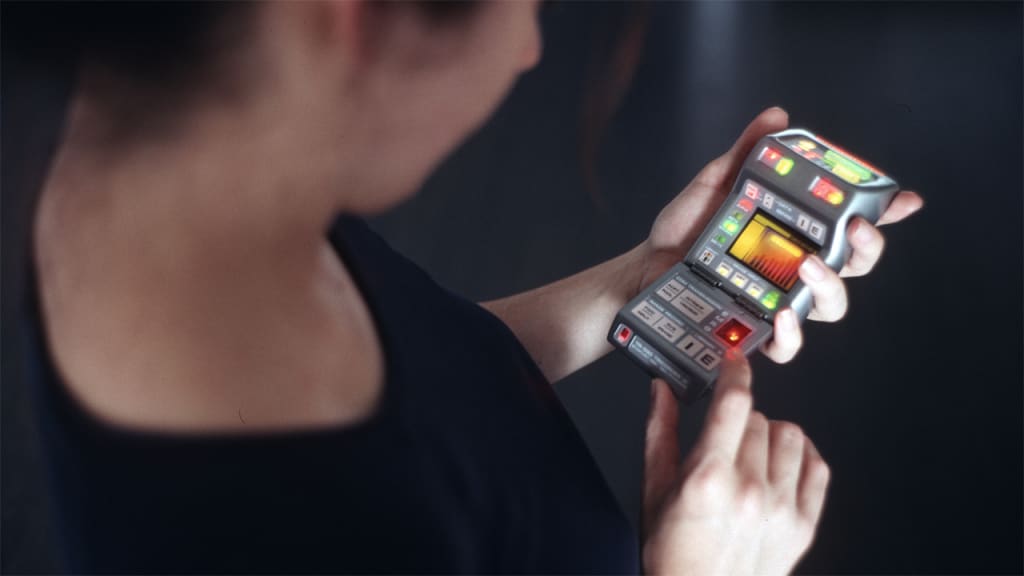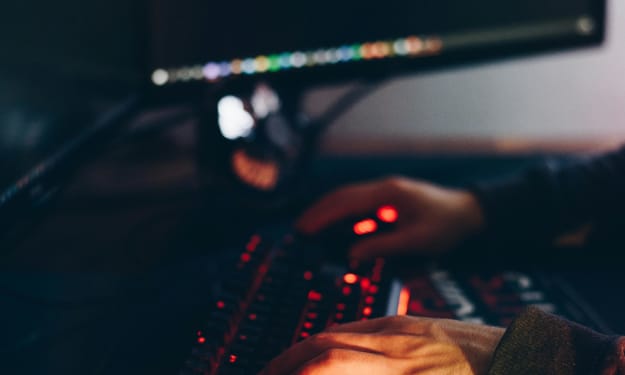Are We Close to a Real Medical Tricorder?
Devices and Diagnosis

Is science inspired by fiction or fiction inspired by science?
Recently, a couple of teams were awarded because they developed a handheld device which can diagnose diseases and check vital signs without invasive tests.
How close are we to using such devices?
The goal of the prizewinners is to integrate the technologies into one device. It uses sensors that can be attached to the body to collect data about vital signs, body chemistry, and biological functions. The runner-up technology is a smartphone connected to wireless handheld test modules which can analyze vital signs, blood and urine, and skin appearance.
The devices accurately diagnosed 13 diseases such as diabetes, anemia, lung disease, pneumonia, and urinary tract infection. These are the most successful efforts seen in one portable diagnostic system.
Part of the success is developing an all-in-one system. The most advanced are mobile vital signs monitoring devices. It can monitor blood pressure, blood oxygen, heart rate, electrical activity, and skin temperature. It uses electrocardiogram sensors attached to the chest and pressure sensor cuffs in the thumb and arm. Both are attached to a wearable wrist unit which feeds the signals wirelessly to a mobile or desktop device. It has the same accuracy as conventional intensive care equipment.
All of the data from these devices required specialist software. The software can get information from many patient monitors, medical records, scan results, and message apps which display a full of the patient's condition in real time.
Portable devices are needed to provide relevant information and assess a patient. There are miniaturized ultrasound probes that connect to a smartphone to provide ultrasound images. It is likely it will improve in the future. There could be x-ray scans and skin abnormality diagnoses using pattern recognition software.
Data and Diagnosis
Some smartphones have been used as medical devices such as prescription renewal and downloadable apps which use cameras in cell phones as sensors to track heart and breathing rates.
The most diagnosing technology we have is the area of diabetes monitoring. A drop of blood on a portable monitoring device can be connected to mobile apps to assess the severity of their condition.
Non-invasive devices for measuring blood glucose without finger pricking are being developed. Included are analyzing sweat and interstitial fluids just a few micrometers below the skin surface.
Other innovative companies around the world are focusing on diagnosing diseases such as HIV, tuberculosis, bacterial infections and cardiovascular disease using similar handheld devices. The key technology is microfluidics, which uses microchips to manipulate tiny amounts of liquid.
It is also known as a lab on chip technology. It reduces a complete clinical laboratory testing unit to only a few centimeters across.
Equipment needs to be miniaturized and more progress in computers so it can handle all the data required to make a complete picture of a patient's health condition. We need more development in thorough diagnostic features.
It could be useful for confirming a diagnosis or when standard laboratory equipment is not available. A high–power microscope with a smartphone could analyze swab samples and photos of skin lesions. Sensors could pick up abnormalities in DNA, detect antibodies and specific proteins. An ultrasonic probe or almost anything we have now could be connected to a smartphone.
A tricorder could bring about a new era in medicine. Less expensive machines and immediate results would be possible. Doctors could scan a patient, or patients could scan themselves and receive a list of diagnostic options and suggestions. There would influence in underdeveloped regions. It would not be a substitute for medical supervision, but when there is none, it comes in handy.
About the Creator
Janice Simms
I'm a Freelance Writer.






Comments
There are no comments for this story
Be the first to respond and start the conversation.